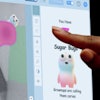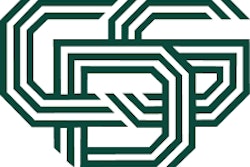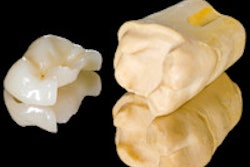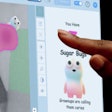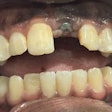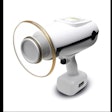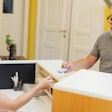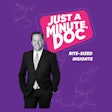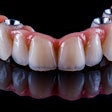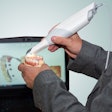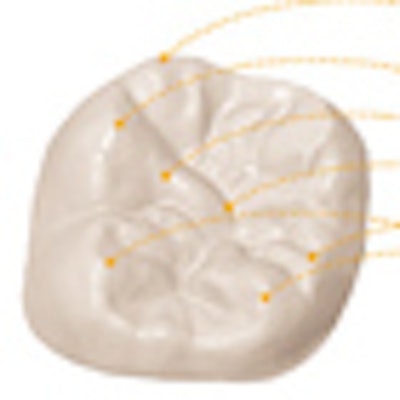
CAD/CAM software that enables dentists to design and fabricate inlays, onlays, crowns, veneers, bridges, and more by using a patient's intact tooth morphology rather than stock images is making its way into the dental office.
Albert Mehl of the University of Zurich and Volker Blanz of Siegen University have spent the last decade developing a biogeneric tooth model for use in computer-aided design that is being commercialized by Sirona Dental Systems via its Cerec system. On the basis of a single intact tooth, the program extrapolates the natural morphology of that tooth to the patient's damaged tooth structure.
While the concept of biogenerics is not new to CAD/CAM dentistry -- the E4D system from D4D Technologies features a similar capability called autogenesis, and the current Cerec system offers this method for creating inlays and onlays -- version 3.8 of the Cerec biogeneric software enables the creation of all single-tooth restorations and three-unit bridges using tooth morphology.
Sirona demonstrated version 3.8, which is currently in beta testing, at the Chicago Dental Society Midwinter Meeting and plans to introduce it to the market in May, according to Michael Dunn, director of marketing for CAD/CAM systems at Sirona.
"There have been a lot of attempts to duplicate surrounding tooth structures in CAD/CAM systems," said Richard Steinberg, D.D.S., president of the Academy for CAD/CAM Dentistry. "At this point, we are getting a better representation of what the surrounding teeth look like, rather than going to a stock database."
Made to measure
Current occlusal design approaches are based on dental libraries and databases that contain hundreds of records of standard teeth. Conventional CAD/CAM programs retrieve a matching tooth from the archive and generate a design proposal for the given clinical situation.
By contrast, a biogenerically designed tooth is a "made-to-measure" product, according to Mehl. The biogeneric tooth model mathematically describes each posterior tooth by referencing a number of parameters contained in a 3D-data library of several hundred tooth scans (European Journal of Oral Science, August 2005, Vol. 113:4, pp. 333-340). The model extracts all possible features and calculates an average tooth -- in essence, reconstructing a missing surface area by analyzing the remaining tooth substance (International Journal of Computerized Dentistry, 2005, Vol. 8:1, pp. 13-25).
"Over the last decade Mehl and his colleagues have analyzed tooth morphology and now have unique algorithms that can create the right shape, morphology, and function for each patient's dentition," Dunn said. "It is a predictive algorithm that creates the right restoration for each patient, point by point."
In a study published last month in Clinical Oral Investigations (February 9, 2010), Mehl and colleagues evaluated this method's potential for generating "well-matched and well-adjusted" CAD/CAM fabricated partial crowns.
The researchers mounted 12 models with partial crown preparations into an articulator. The partial crowns were designed with the Cerec 3D based on the biogeneric tooth model and conventional data-based Cerec 3D CAD software. The design time was measured, and the naturalness of the morphology visually assessed. The restorations were milled and cemented on the models. The team then measured vertical discrepancy and the time for final occlusal adjustment.
A revolutionary advance?
The biogeneric software offered a significantly higher naturalness and was significantly faster (by 251 seconds, ± 78) in designing partial crowns (p < 0.01) compared to the conventional software, according to the researchers.
"The biogeneric tooth model is able to generate occlusal morphology of partial crowns in a fully automated process with higher naturalness compared to conventional interactive CAD software," they concluded.
Using a patient's individual dentition status is a major advantage in terms of clinical reliability, Mehl noted in a press release announcing version 3.8 of the software. "The more individual the occlusion, the better the resulting functionality," he said.
Will this latest advance revolutionize CAD/CAM dentistry?
"This is probably a very significant internal software change," Dr. Steinberg said. "But whether clinically it is going to be significant remains to be seen. I don't think it is going to revolutionize the dental CAD/CAM industry the way 3D imaging did, but it is a nice software upgrade."
Copyright © 2010 DrBicuspid.com

